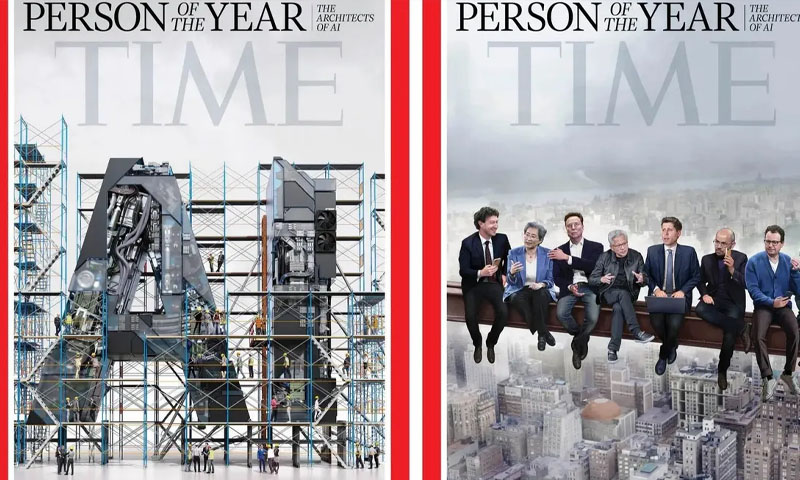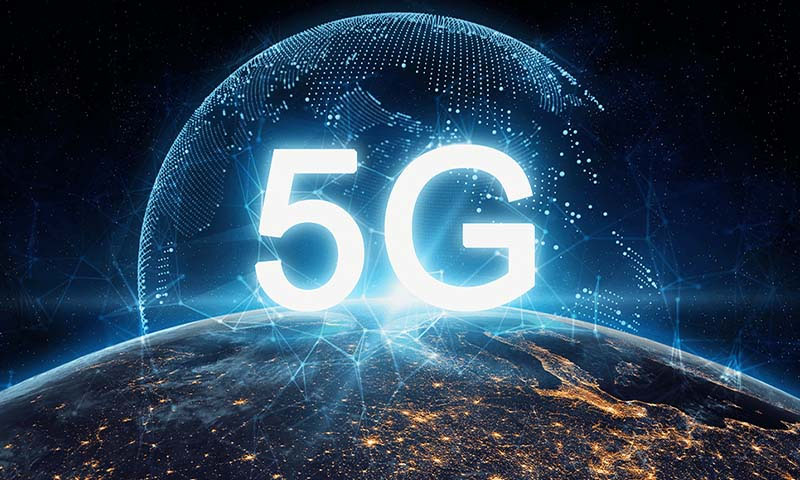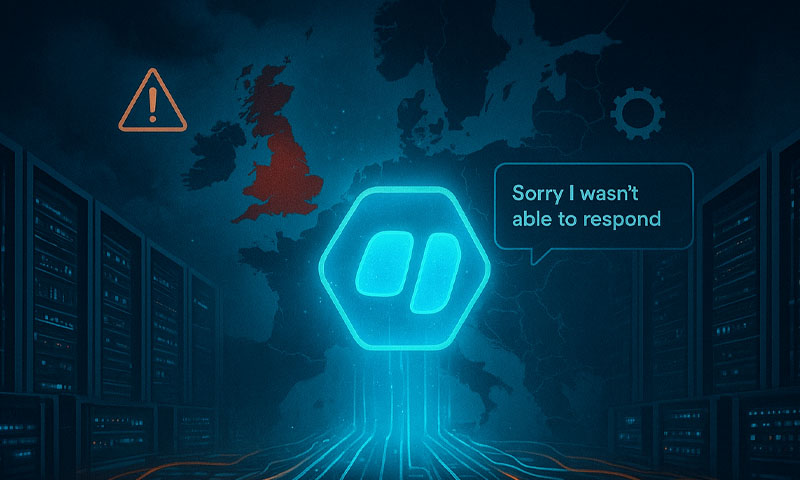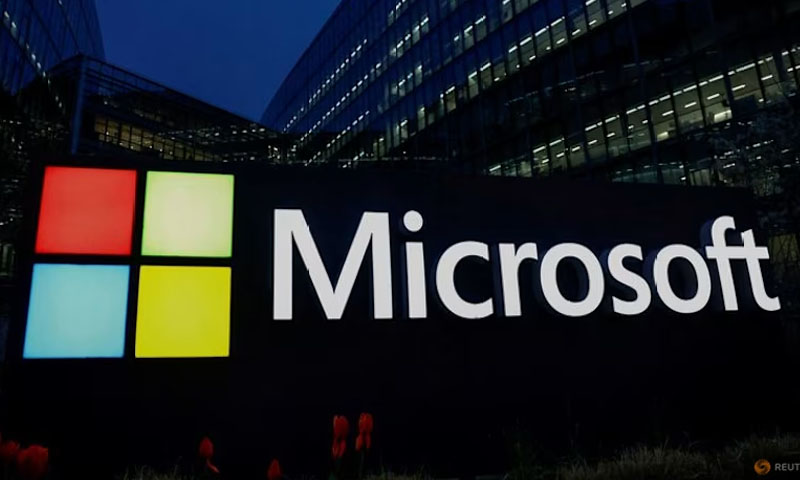- Sadiq Khan
- Today
Intel CEO Pat Gelsinger steps down from struggling chipmaker
-
- Web Desk
- Dec 02, 2024
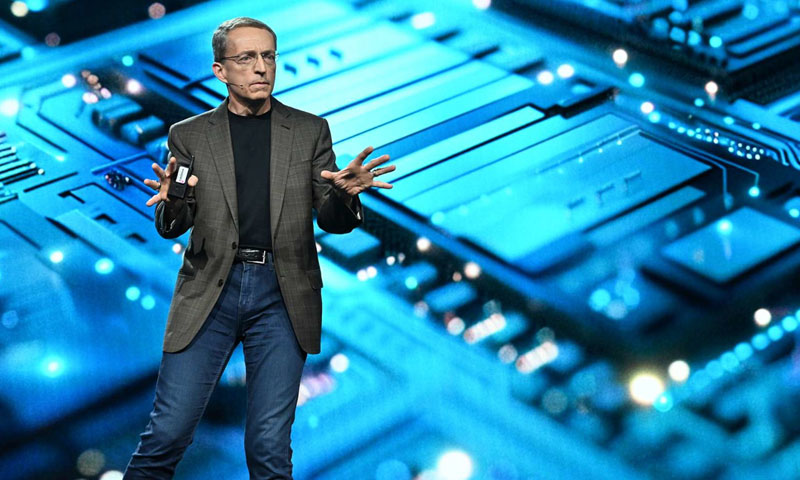
Intel CEO Pat Gelsinger has stepped down less than four years after taking the helm of the company, handing control to two lieutenants as the faltering American chipmaking icon searches for a permanent replacement.
Gelsinger, who resigned on Dec 1, left the company before the completion of an ambitious and costly four-year plan to restore the company’s lead in making the fastest and smallest computer chips, a crown it lost to Taiwan Semiconductor Manufacturing Co 2330.TW, which makes chips for Intel rivals such as NvidiaNVDA.O.
Gelsinger, now the former Intel CEO, has assured both investors and US officials, who are subsidizing Intel’s turnaround, that his manufacturing plans remain on track. But the full results will not be known until next year, when the company aims to bring a flagship laptop chip back into its own factories.
Shares of the company rose 3.7% in early trading. The stock has lost more than half of its value this year, and was replaced last month by Nvidia on the blue-chip Dow Jones Industrial Average index.
The company named Chief Financial Officer David Zinsner and senior executive Michelle Johnston Holthaus as interim co-chief executive officers while its board conducted a search for a new Intel CEO. The moves come less than a week after US officials gave $7.86 billion in subsidies to Intel.
The company’s board has formed a search committee to appoint Gelsinger’s successor.
“While we have made significant progress in regaining manufacturing competitiveness and building the capabilities to be a world-class foundry, we know that we have much more work to do at the company and are committed to restoring investor confidence,” Frank Yeary, independent chair of the board, said in a release.
Read Also: Climate change: Panama Canal has big plans to combat drought
Gelsinger announced his turnaround plan in July 2021 and then embarked on a spending spree, starting construction on a $20 billion suite of new factories in Ohio and hiring a larger workforce – at 132,000 – than Intel had ever maintained even during its days as the biggest player in the chip business.
But the spending coincided with a post-pandemic collapse in the market for laptops and PCs, which in turn sank Intel’s gross margins well below historical norms and depressed its stock price, sparking takeover interest in the company.
The spending eventually forced Gelsinger to come up with a menu of layoffs and potential sales and spinouts of assets.
Gelsinger also failed to field an effective AI chip challenger to Nvidia, which began its march toward becoming a $3 trillion company by powering services such as ChatGPT.
“At the end of the day, you need leading-edge products, innovation, and execution, none of which we saw during Pat Gelsinger’s reign,” said Hans Mosesmann, an analyst at Rosenblatt Securities.
Gelsinger’s turnaround plan centered on Intel becoming a major player in contract manufacturing for others, a business model called a “foundry” in the chip industry. Intel has announced a handful of foundry customers such as Microsoft MSFT.Oand Amazon.com AMZN.O, but neither would bring to Intel’s factories the huge volumes of chips needed to ensure the factories’ profitability.
The spending spree, coupled with the lack of tangible progress in the company’s foundry, created tension on the board of directors, causing Lip-Bu Tan, a board member who himself had turned around a faltering firm in the chip industry, to leave over disagreements with Gelsinger’s strategy


